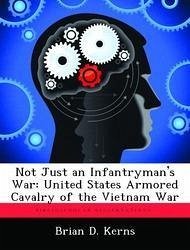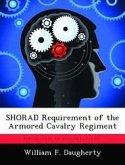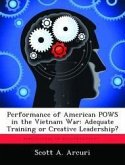This is a study of the organization and equipment of the United States Army armored cavalry squadrons which fought in the Vietnam War. It begins with a background on the buildup of armored forces in Vietnam and a summary of the terrain and enemy. Next, the doctrinal missions of the armored cavalry is compared against the actual missions armored cavalry executed in Vietnam. This study then describes the equipment and organization used by armored cavalry squadrons and modifications made in order to adapt the armored cavalry squadron to fight on a nonlinear, restrictive terrain battlefield against an asymmetric threat. This study concludes that the inherent combined arms task organization of armored cavalry squadrons made them an extremely successful force during the Vietnam War. The most capable of the various armored cavalry squadron organizations was the regimental armored cavalry squadron following the fielding of the M551 Sheridan in 1969. The regimental armored cavalry squadron with Sheridan was effective because it achieved the most effective balance of mobility, firepower, protection, and shock effect. This study attempts to provide some insight how to effectively organize and equip armored cavalry forces to fight on a nonlinear battlefield against an asymmetric enemy.
Hinweis: Dieser Artikel kann nur an eine deutsche Lieferadresse ausgeliefert werden.
Hinweis: Dieser Artikel kann nur an eine deutsche Lieferadresse ausgeliefert werden.








